As Edward Gibson noted, “the winds and waves are always on the side of the ablest navigators.”
For those who know our Firm and its discipline in selecting leaders, we utilize scorecards to assure that board members are on the same page and that candidates are evaluated fairly and consistently.
Having just completed another successful CEO succession engagement and having led many over the years (each one is unique with differing dynamics), we have observed seven “Who Factors” that the most successful boards bake into their selection process and if weighted carefully, increase the odds of appointing the best qualified enterprise leader.
For sure, though, leaders that foster a collaborative and learning culture, as research and our work continually demonstrates, deliver more value as the essence of their
“organizational soul.”
As change is truly the only constant (oftentimes more than one standard deviation than anticipated or planned), these “Who Factors” are controllable, the degrees of which depend on each client’s circumstances and objectives. And all seven can be
adopted/adjusted in recruiting for any critical leadership role.
1. Reach an agreement among the board on what you seek in your next leader and be clear about “Why?” and “Why Now?” priorities. Carefully refine your leadership “North Star” and the decision culture within which the board expects the next leader to operate.
2. Identify senior executive candidates who appreciate the nuances of enterprise responsibilities — those who are catalysts of change and who demonstrate courage to meet challenges thoughtfully and without ego.
3. Seek those who are professionally ambitious but not blinded by personal achievements. Gain insights on how each candidate lives to learn. Have each candidate cite examples of situations where she/he considered options, decision complexities, and tradeoffs.
4. Look for each candidate’s “talent mastering” beliefs by having each describe their commitment to prioritizing, attracting, and developing organizational executives who hit the mark by showing adaptability and resilience. Make sure that those candidates, while prizing loyalty, have the fortitude to evaluate their leadership and will make tough decisions to exit those that are underperforming or aren’t/won’t fully align, or, perhaps, aren’t committed to tackling the challenges of assuring a sustainable future.
5. Select finalists who encourage their leadership to take calculated risks. Such enterprise leaders provide “safety” and “organizational cover” to take risks, accept mistakes and misjudgments as the cost of pursuing opportunities. Correspondingly, though, they expect their team leaders to take responsibility for repairs, adjustments, and redirection and not to deflect and blame others.
6. Test to determine who is best suited to be responsible enterprise-wide for transparently communicating the progress benchmarks, challenges, and achievements, while keeping tabs on the impact of changing conditions and “unknowns.”
7. Ask yourselves in judging each candidate and in comparing candidates, who has the emotional fortitude and composure to protect the enterprise by demonstrating a willingness to take “the hits” and not the credit for delivering tangible, expected, and ethically driven outcomes. Those who can tell your story with passion and imagination, to influence both inside and external stakeholders to achieve “the possible.”
